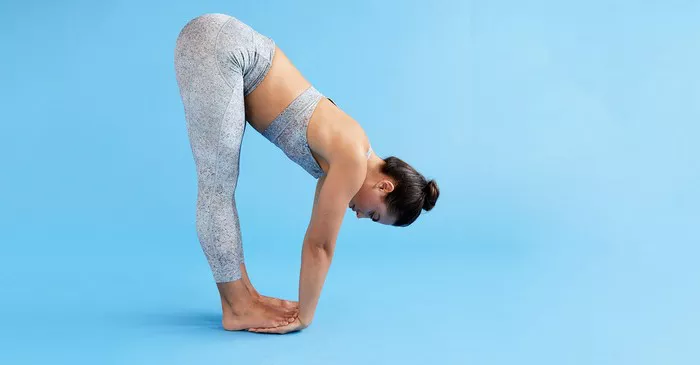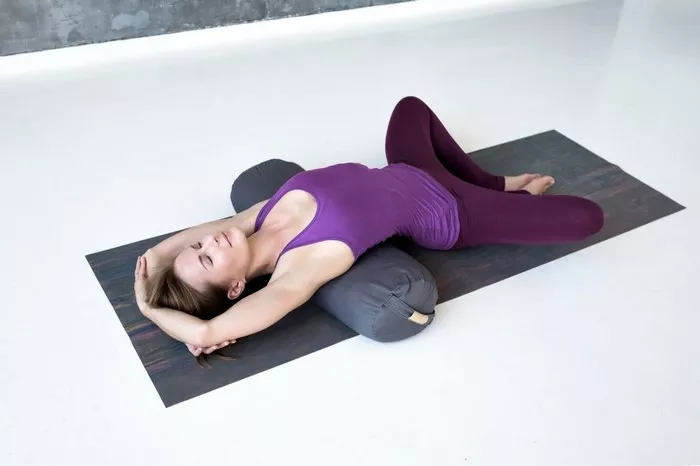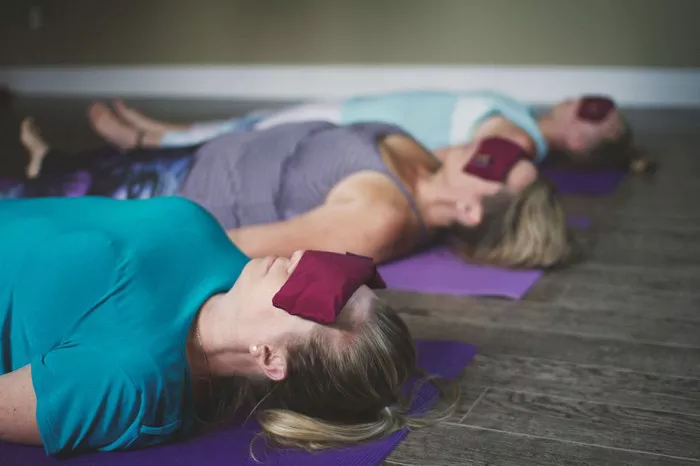Yoga is often perceived primarily as a practice for relaxation and flexibility. However, it also offers significant benefits for strength training. This ancient discipline incorporates various postures, or asanas, which engage multiple muscle groups. Many yoga poses require you to support your body weight in different ways. This engagement builds strength over time. For instance, poses like Downward Facing Dog and Plank engage the arms, shoulders, and core. When practiced regularly, these poses can enhance muscle tone and endurance.
Moreover, yoga promotes balance and stability. These elements are crucial for overall strength. By improving balance, yoga allows practitioners to perform other strength training exercises more effectively. A strong core is essential for stability in various activities, including weightlifting and sports. Many yoga poses focus on core strength, which translates to better performance in traditional strength training. Furthermore, yoga emphasizes mindful movement. This awareness helps practitioners understand their bodies better, reducing the risk of injury when engaging in more strenuous exercises.
The Role of Different Yoga Styles in Strength Building
Different styles of yoga can contribute uniquely to strength training. For example, Ashtanga and Power Yoga are dynamic and vigorous styles. They incorporate a series of postures performed in a flowing sequence. These styles are excellent for building strength because they require endurance and control. The constant movement challenges the muscles, leading to increased strength over time. Practicing these styles regularly can significantly enhance muscle definition and overall fitness levels.
On the other hand, styles like Hatha and Iyengar yoga focus more on alignment and holding poses. These styles allow practitioners to develop strength through static holds. Holding poses for an extended period can enhance muscular endurance. This endurance is crucial for anyone looking to improve their strength training. Additionally, the detailed alignment work in Iyengar yoga can help prevent injuries and improve body mechanics, contributing to better performance in all forms of exercise.
Yoga vs. Traditional Strength Training
Many people wonder how yoga compares to traditional strength training. While yoga can build strength, it does not replace the need for resistance training for everyone. Traditional strength training often involves weights or resistance bands. These tools can provide a level of resistance that yoga may not achieve. However, yoga can complement a traditional strength training program beautifully. It improves flexibility, which is essential for lifting weights effectively. Enhanced flexibility can lead to a better range of motion and overall performance in strength exercises.
Furthermore, yoga can help with recovery from strength training. The stretching and relaxation components of yoga aid in muscle recovery. They reduce soreness and improve mobility after an intense workout. This recovery aspect is vital for anyone engaged in a regular strength training routine. By incorporating yoga, individuals can maintain a balanced approach to fitness, enhancing both strength and flexibility.
Building a Balanced Routine with Yoga
To effectively integrate yoga into your strength training routine, it’s essential to create a balanced schedule. Consider dedicating a few days a week to strength training and a few days to yoga. For example, if you strength train on Monday, Wednesday, and Friday, consider practicing yoga on Tuesday and Thursday. This balance allows your muscles to recover while still engaging in effective workouts. You might also include a restorative yoga session on the weekends. This approach will help your body recover while enhancing overall flexibility and strength.
Another effective strategy is to incorporate yoga poses into your warm-up or cool-down routines during strength training sessions. Poses like Cat-Cow and Child’s Pose can serve as excellent warm-up exercises. They prepare your muscles for the work ahead. Similarly, finishing your strength training sessions with gentle stretches from yoga can promote recovery and relaxation. This blend of practices creates a holistic approach to fitness, allowing for better overall results.
See Also: Yoga and Blood Pressure: Benefits and Practices
The Mental Aspects of Yoga and Strength Training
Yoga is not just a physical practice; it also offers significant mental benefits. The focus on breath and mindfulness in yoga can enhance concentration and mental resilience. These mental skills can translate into strength training, where focus is crucial for executing movements correctly. Practitioners who incorporate mindfulness into their workouts may find that they lift heavier weights or perform more repetitions. This enhanced focus can lead to greater gains in strength and performance.
Additionally, the meditative aspects of yoga help reduce stress. Lower stress levels can improve recovery times and overall performance in strength training. When the mind is calm, the body can function more efficiently. This synergy between mind and body is a unique aspect of yoga that can elevate any strength training regimen. By focusing on both physical and mental aspects, individuals can create a more well-rounded fitness routine.
Conclusion
In conclusion, yoga can be an effective form of strength training. It builds strength, enhances balance, and promotes recovery. While it may not replace traditional strength training for everyone, it offers complementary benefits that can enhance overall fitness. By integrating yoga into your routine, you can improve not only your strength but also your flexibility and mental resilience. Embracing a holistic approach to fitness will yield the best results, allowing you to achieve your goals more effectively. Whether you are a seasoned athlete or a beginner, yoga has something to offer everyone on their strength training journey.
You Might Be Interested In


















